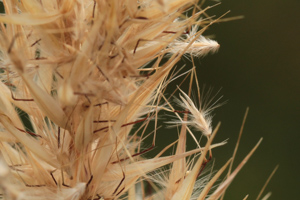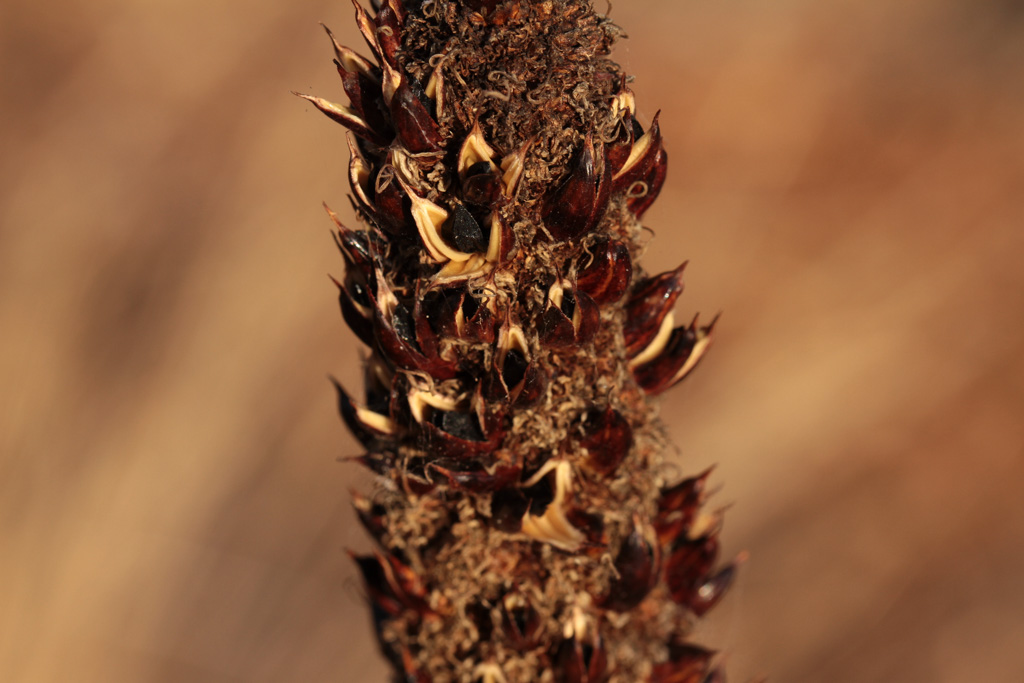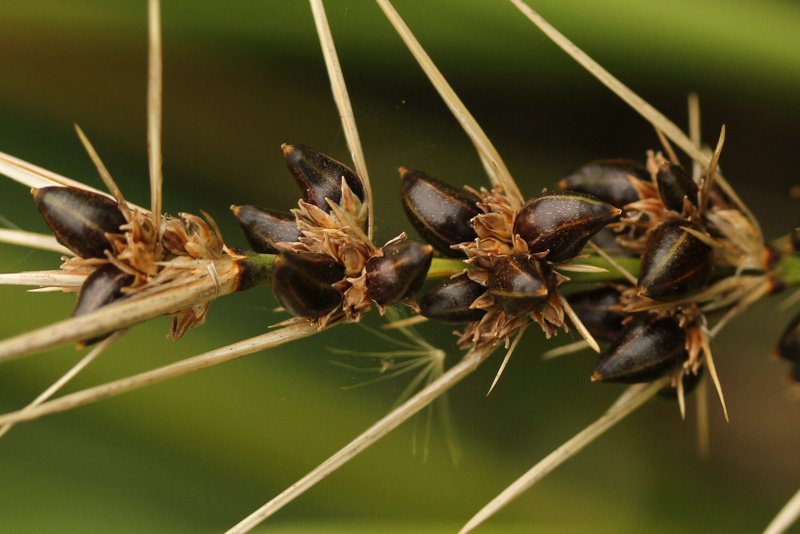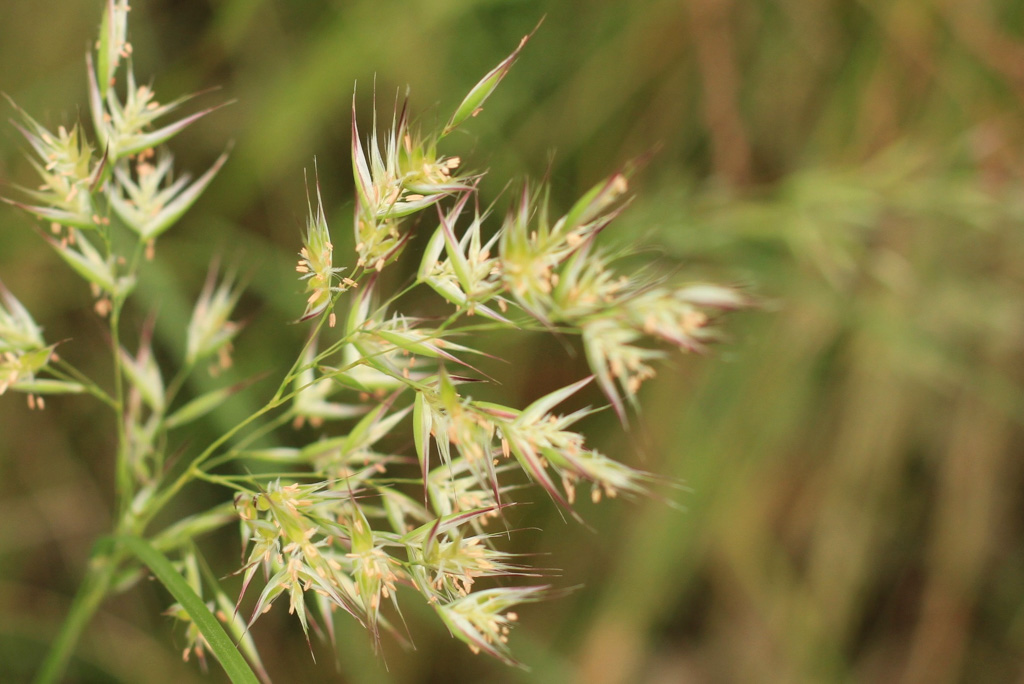Volunteers wanted – working with seed

Some of our indigenous plants are grown by cuttings or division but most are propagated from seed.
Preparing seeds, or seed cleaning, is a hugely important role in our propagation process. But all it requires is an aptitude for careful and methodical work, guided by our staff, and a regular commitment to spending time with the team in our nursery at 525 Williamstown Road, Port Melbourne.
Your reward is to see your seeds germinate, grow into seedlings and be pricked out into tubes.
You will know these seeds will become plants – tall trees, shrubs, wildflowers, sedges, grasses, groundcovers, and more – and that your efforts are making a difference, making Melbourne and the Sandbelt Region more biodiverse!
Here’s how to let us know you are interested:



A few things to know about seeds
Not all indigenous plants are easy to propagate. Some are dormant for a period, others have evolved to germinate only after fire. Some need prolonged rain, others are quick to release their seeds making capture difficult.
Seeds are immensely varied in size, shape, method and time of dispersal. Most seeds have a protective coating, sometimes hard and woody. We use treatments like washing and soaking, ‘smoke water’, gentle sanding to remove all or part of the seed coat, periods of dry storage, hot or cold conditions or natural weathering.
Seeds can have papery ‘wings’ that make them more readily airborne or hairs or spikes to anchor the seed to the ground or a host.
Not all seed produced is viable and there is great diversity in time taken to ripen and the length of time seeds are viable after maturity.
For some species, germination is improved by the seed passing through the digestive system of an animal and this can be highly species-specific such as Ravens and the fruit of Alyxia.
Seed cleaning
- Cleaning means separating the seed from everything else (pods, chaff., sticks and leaves).
- You need to be sure you know what the seed looks like so you don’t keep the chaff by mistake.
- For some species it’s possible to pick out the seed by hand
- For others, hand sieves can be used to separate the seeds from everything else, using the right mesh size to catch the seeds on a sheet placed underneath.
- Gentle blowing will remove the lighter chaff from the seed
- Vibrating or shaking the seeds in a dish can help separate seeds
- For grass species sometimes threshing or beating works best.
Storing seed
- Seeds must be dried, weighed and sealed in airtight containers – glass jars with metal screw tops best protect the seeds from voracious mice and insects – and jars labelled for genus, species, date and location of collection, collection and drying method used, weight of seeds.
- Seeds should be kept in a cool dry location away from direct sunlight.
- Before storing, remove any seeds that show signs of insect damage, mould or fungus. Insect attack may appear as small holes in the seed or as a webbing over the seeds. Another tell-tale sign of insect presence is powder in the bottom of the container.
- Check regularly to make sure seeds are insect-free. It is possible to kill insect pests using carbon dioxide, moth balls and rat bait. Keep records of checks and treatment used.
